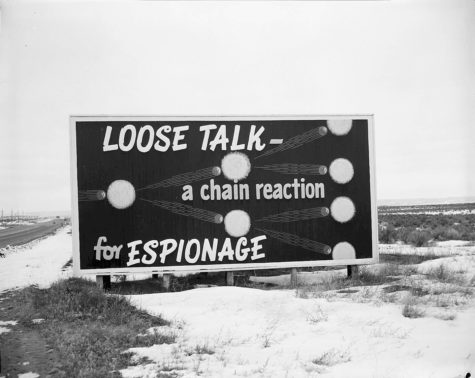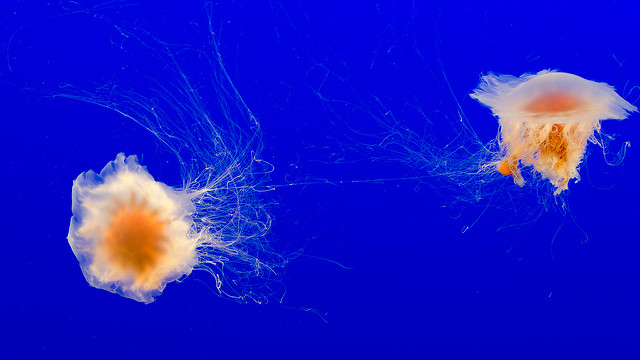
Five years ago I wrote a post about Pat Elliott, a woman with chronic leukemia. She was trying to figure out how to pay for her medication. At the time, Gleevec cost about $5,000 a month. A generic version of Gleevec went on the market in 2016, but it still costs more than $4,000 a month. In Canada, however, a month’s supply of generic Gleevec costs less than $800 a month. President Trump has accused the pharmaceutical industry of “getting away with murder.” But yesterday the Senate confirmed Alex Azar, Trump’s pick to run Health and Human Services. Azar served as president of Eli Lilly USA. The price of their insulin tripled under his tenure.
Phoenix is scorching in the summer, and Pat Elliott had been standing for hours. So she wasn’t alarmed one August day in 2009 to find her feet swollen. “It must be the weather,” Elliott thought. But they also ached. The pain was horrendous. So she called her doctor, and he told her to come in. Reluctantly she went.
Several blood tests and a bone marrow biopsy later, Elliott learned she had a type of blood cancer called chronic myelogenous leukemia (CML). Her white cell count was sky high, her spleen was swollen, and her kidneys were failing.
All cancer is the result of genetic abnormalities. In the case of CML, the problem is a genetic swap. The tip of chromosome 22 breaks off and attaches itself to chromosome 9, and a chunk of 9 fuses with 22. This swap results in the formation of a new gene, a chimera called BCR-ABL. The gene codes for an enzyme that drives cells to incessantly divide.
Two decades ago, the best treatment for CML was a bone marrow transplant, a dangerous procedure with only limited success. Back then just 30% of patients diagnosed with CML could expect to live five years. In 2001, however, the US Food and Drug Administration approved a new drug, Gleevec. The medicine disables the defective Bcr-Abl enzyme, halting the rampant cell division. Today, the five-year survival of CML patients taking Gleevec is 89%.
In his masterful cancer tome Emperor of All Maladies, Siddhartha Mukherjee recalls seeing the astounding effects of Gleevec for the first time: When he looked at the patient’s blood smear, he could find no evidence of the immature blast cells that characterize the disease. The cells were completely normal. “It was hard to reconcile this field of blood cells in front of my eyes with the diagnosis; not a single leukemic blast was to be seen,” he writes. “If this man had CML, he was in a remission so deep that the disease had virtually vanished from sight.” Continue reading →

 I have a friend who is a magician. He performs the occasional stage show with card tricks and coins hidden behind the ear. His work is sleight of hand, a flash of movement deceiving the eye. He’d say it’s science. You experiment and find what actually works.
I have a friend who is a magician. He performs the occasional stage show with card tricks and coins hidden behind the ear. His work is sleight of hand, a flash of movement deceiving the eye. He’d say it’s science. You experiment and find what actually works. January 22-26, 2018
January 22-26, 2018



